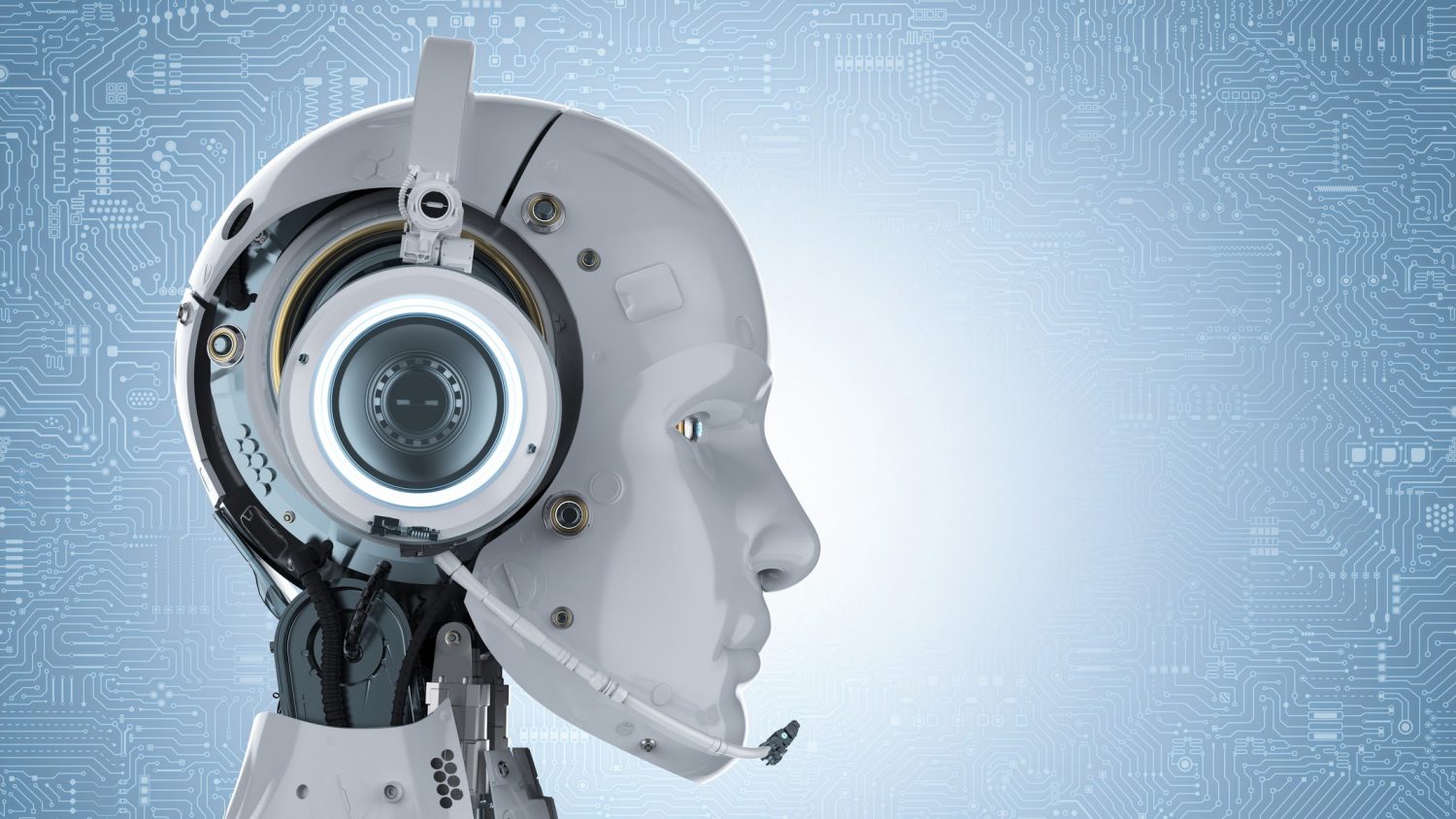October 10, 2019 by Siobhan Climer, John Irey and Kleid Gjataj
“Your call is important to us. Please wait on the line and your call will be answered in the order it was received.”
If these words ring hollow to you, you are not alone. A poor experience on the phone can deeply impact a customer’s relationship with a brand. According to experts speaking on The State of IVRs in 2018 webinar, 83% of consumers would avoid a company after a single poor experience with an IVR.
Unfortunately, single poor experiences with IVRs are prevalent. In fact, according to research carried out by Interactions and The Harris Poll, 94% of Americans have experienced frustration when using voice channels to communicate with a company.
The failure of voice channels to deliver on customers’ expectations, along with AI advances and the emergence of messaging is, in part, what has led to the rise of chatbots in the call center today.
Will Chatbots Replace Agents?
According to Accenture, 80% of all customer engagements could be handled by bots and 15% of all customer service interactions will be completely handled by AI by 2021. Despite this, 30% of consumers say that not being to reach a human is the most frustrating part of a bad customer service experience.

Customers still demand agent support when dealing with complex issues, which is why it is important for businesses to have both chatbots and live agents and a seamless transition between the two. By focusing on creating an effortless experience, businesses will earn long-term customer loyalty and improve overall customer engagement.
Transforming The Contact Center Through Chatbots
The move towards automation is not diminishing. In the next decade, contact centers should anticipate increased demand for seamless customer interactions and the expectation of a “cognitive contact center”. Customers will compare their experience against the likes of enterprise organizations that personalize agent and customer matching, augment agent capabilities, and offload management tasks. All of this will lead to simpler, smoother experiences for the customer.
 Chatbots will be an important tool in this digitalization. They will provide:
Chatbots will be an important tool in this digitalization. They will provide:
- Agent assistance
- Agility and speed
- Higher customer satisfaction (NPS scores)
- Improved operational efficiencies
While some see chatbots as simply the next iteration of a website FAQ page, others see chatbots as the best tier-1 customer question deflection. When chatbots are available across multiple channels, they facilitate the instant, omnichannel experience customers desire while qualifying cases to provide the human touch when needed.
Using Chatbots In Your Contact Center Platform
Cloud-based contact center platforms are inherently better-suited for chatbots, as the implementation and deployment is far simpler. At the same time, it takes an expert to understand how chatbots fit into the grand customer journey scheme. Here’s Chris Connolly, VP of Product Marketing at Genesys, and his take on implementing chatbots:
“Companies that are simply seeking to ‘tick the box’ on chatbot often rely on upfront stand-alone bot experiences with little to no connection with the contact center—leaving customers with a broken journey that ultimately leads to further frustration and damages brand perception.”
Connolly goes on to articulate that the challenges faced with deployment are often due to misconceptions about chatbot ownership and expertise. While companies “don’t need a PhD” to deploy a chatbot, you need a balance of customer perspective and technical chops. When simply relegated to IT, there are other issues:
“We have found that many IT departments that do not understand user interface design have attempted to deploy bots only to be left with an end-user experience that is, well, robotic.”
The Future Contact Center Is AI-Based
 Jen Snell, VP of Product Marketing for Intelligent Self-Service at Verint, offers this analysis on contact center AI investment.
Jen Snell, VP of Product Marketing for Intelligent Self-Service at Verint, offers this analysis on contact center AI investment.
“Over the next year, we expect AI to move even further toward the front lines of customer experience, driven as much by customer wants as business opportunities,” she says, adding “Companies need to be investing in AI customer experiences not to get ahead of the curve, but to just stay relevant.”
According to AmEx, over 60% of US consumers prefer an automated self-service, such as a website or mobile app, for simple customer service tasks. Building chatbots into your experience now, will help you prepare for the realities of tomorrow.
How To Implement Chatbots In The Call Center
It depends a lot on the contact center platform you currently use and your overall business goals. Our experts utilize their decades of experience in contact center technology to help you build a contact center roadmap that aligns the technology to the business.
Talk with our experts today in a free whiteboard session to better understand how to implement and effectively deploy chatbots to improve the customer experience.
Like what you read?
Contact us today to discuss chatbots in the call center.
About Mindsight
Mindsight, a Chicago IT services provider, is an extension of your team. Our culture is built on transparency and trust, and our team is made up of extraordinary people – the kinds of people you would hire. We have one of the largest expert-level engineering teams delivering the full spectrum of IT services and solutions, from cloud to infrastructure, collaboration to contact center. Our customers rely on our thought leadership, responsiveness, and dedication to solving their toughest technology challenges.
Contact us at GoMindsight.com.
About The Authors
John Irey is a Principal Consultant at Mindsight, an IT Services and Consulting firm located in the Chicago area. With nearly 20 years of experience in information technology, John has helped businesses of every size optimize the technology powering the contact center. He has extensive experience with contact center technologies and seeks to provide a consultative voice to contact center leaders, who rely on Mindsight’s transparency to make the best technology investments. John earned his BA/BS in Information Systems and continues to focus on how emerging technology, such as machine learning and artificial intelligence, impact the contact center. John enjoys spending his free time with his wife and two young children.
Kleid Gjataj is the Principal Solutions Architect at Mindsight. With nearly 15 years of experience in both domestic and international consulting, Kleid has helped contact centers of all sizes to bridge the gap between business and technology. His extensive experience with IVR, ACD, screen pop, omnichannel, speech analytics, quality management, outbound dialer, and custom applications is grounded in understanding the critical value of the customer journey. Kleid earned his degree in Network and Communications Management and continues to focus on how contact center optimization helps businesses meet goals, increase efficiencies, and reduce costs.
Siobhan Climer, Science and Technology Writer for Mindsight, writes about technology trends in education, healthcare, and business. She writes extensively about cybersecurity, disaster recovery, cloud services, backups, data storage, network infrastructure, and the contact center. When she’s not writing tech, she’s reading and writing fantasy, gardening, and exploring the world with her twin daughters. Find her on twitter @techtalksio.




